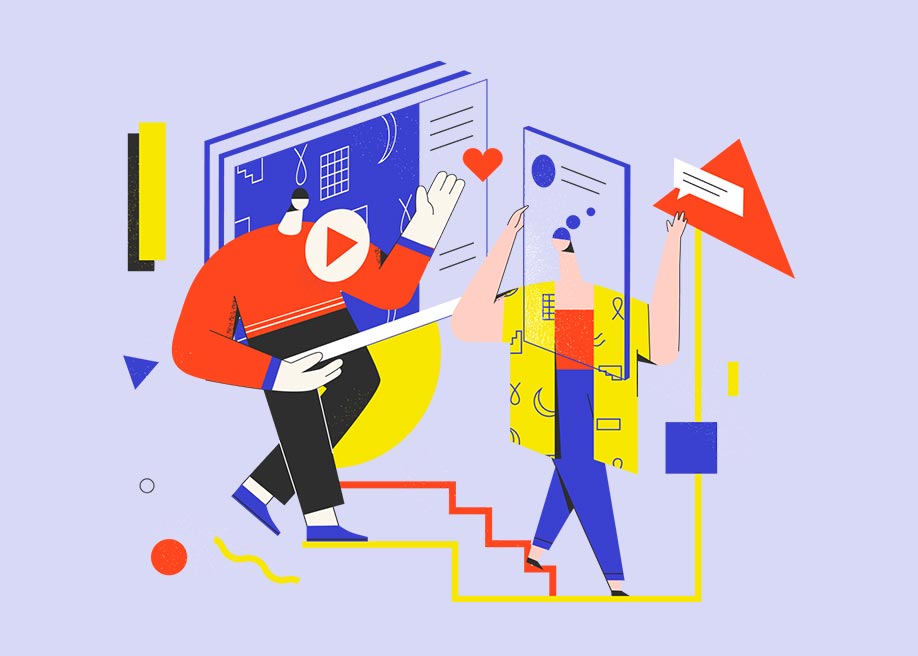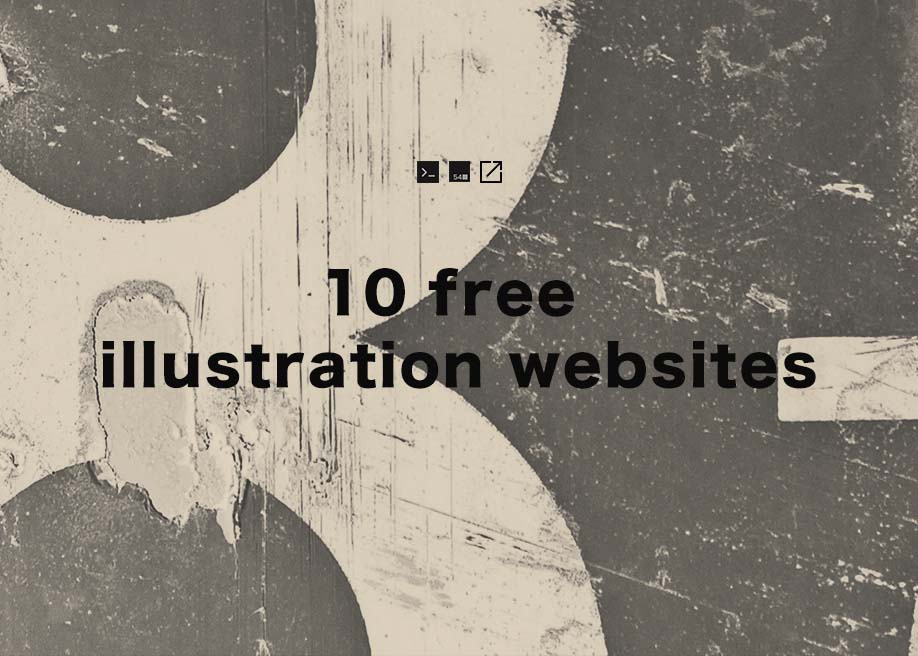“Design is not just what it looks like and and feels like. Design is how it works.”
Steven Jobs
This quote by Steve Jobs assert that design should be a problem-solving tool for businesses and consumers. Both B2B (Business to Business) and B2C (Business to Consumer) websites need to be clear, concise, aesthetically pleasing. User experience across all devices can be improved based on the type of website used.
Let’s take a closer look at the things you might need to consider when creating a website:
The Target Audience
Understanding who is the target audience of your website will help create the right image and tone to appeal to their character.
B2B Websites
With B2B websites, you’ll be speaking to a range of highly-educated individuals who already have a general knowledge of your service. The aim here will be to show the end-user how you can help them achieve better results. The language and content of the website is all about highlighting the key benefits of the products, and kind of outcomes that they deliver.
Web designers need to work harder at convincing B2B buyers that they’re making the right decision. This is particularly true when you’re selling something like a software subscription that requires long-term investments.
B2C Websites
B2C target audience are more influenced by emotions. They want quick solutions to their problems, and the opportunity to purchase from a brand that understands them.
B2C websites have a quirky layout full of authentic photos and bright colors, so consumers are more inclined to take actions.
The Purpose
Another factor is understanding the motive behind consumer’s purchase. How your target audience interact with a brand will help you create a website that appeals to specific goals.
B2B Websites
B2B websites often aim to solve expensive and time-consuming problems for companies. To sell a decision-maker on the validity of a solution, it’s important to thoroughly explain what the solution is, how it works, and how it addresses a problem.
B2C Websites
A B2C website needs to address immediate concerns and connect with the target audience on an emotional level. Research is done on the products or service offered, but the turnaround is much quicker often requiring less information.
Consumers are a lot easier to appeal to in terms of emotional impact, because many of them come to the website looking to fulfill an urgent need. Web designers can take advantage of things like urgency and demand to encourage conversions on the websites.
The Design Elements (Visual appearance)
B2B and B2C differ greatly in visual elements, the first is highly professional and the latter is eye-catching, vibrant and daring.
B2B Websites
These websites are all about presenting a highly professional and respectable image. The content is laid out to encourage clarity and understanding. Information is easy to find, and there are no other issues that might distract a user.
B2C Websites
Eye-catching imagery and little text are major content of B2C websites. With so many different options to choose from, and most consumers buying out of a sense of urgency, web designers are under pressure to capture attention quick.
Website Content
The information conveyed differ, amount of content portrays the kind of target users. The aim of the websites content should always be to answer any question the user might have.
B2B Websites
Designers need to be careful with the content, as the targets users are mixed. If the site caters to different industries, it should show authority, without using bogus information.
B2C Websites
Alternatively, B2C websites content are a little simpler. There’s no need to provide a ton of information for different users, web designers can appeal to one target user.
CTA Buttons
Call to Action (CTA) buttons are a crucial part of a website design. However, it is sometimes difficult to determine where they should be placed, or how may buttons are needed.
B2B Websites
Decision to purchase something isn’t immediate, therefore these sites often use a variety of CTAs. Common buttons include “Request a Quote” and “Sign in”.
B2C Websites
CTA buttons include a single option “Add to Cart” or an extra choice “Add to Favorites”. Users need to instantly see what they need to do next as soon as they are on the website.
Contact Form
How the contact form is designed depends on the target-user.
B2B Websites
Contact form of a B2B website are longer because additional information about a prospect is required. B2B companies need to share information like what they’re looking for in a service, and how many users they have, so a sales team knows what kind of demonstration to give.
B2C Websites
A dedicated contact from where users can get in touch if they have questions is required. Implementing a pop-up contact form or a newsletter signup are ways to collect users emails for online marketing.
Search Bars and Navigation
Navigation is a critical part of a website, end-users need to find it easy to track down the information they need about a company and content on the website.
B2B Websites
Search bar takes a less prominent space, because all the information required for the users to take their next steps are visible. Web designers need to design for easy conversion, making the purchasing journey the most appealing path for visitors.
B2C Websites
Navigation is an integral part of the consumer journey, they need to be a lot obvious. The search bar is often presented at the top of the screen where consumers can see it. Additionally, there may be multiple pages within certain product categories, so that users can browse through the items they’re most interested in.
Social Proof and Testimonials
Finally, social proof and testimonials are ways to converts users who visit the websites.
B2B Websites
Client testimonials, reviews and rating can make all the difference, a dedicated page to case-studies can highlight the brand.
Awards and recognition should be considered and included.
B2C Websites
Adding consumer ratings and reviews in areas where it can be seen is important but not an integral part of the website.
Conclusion
Designing for your target audience can be challenging but understanding users interaction to conversion can help meet expectations in a B2B and B2C websites.






